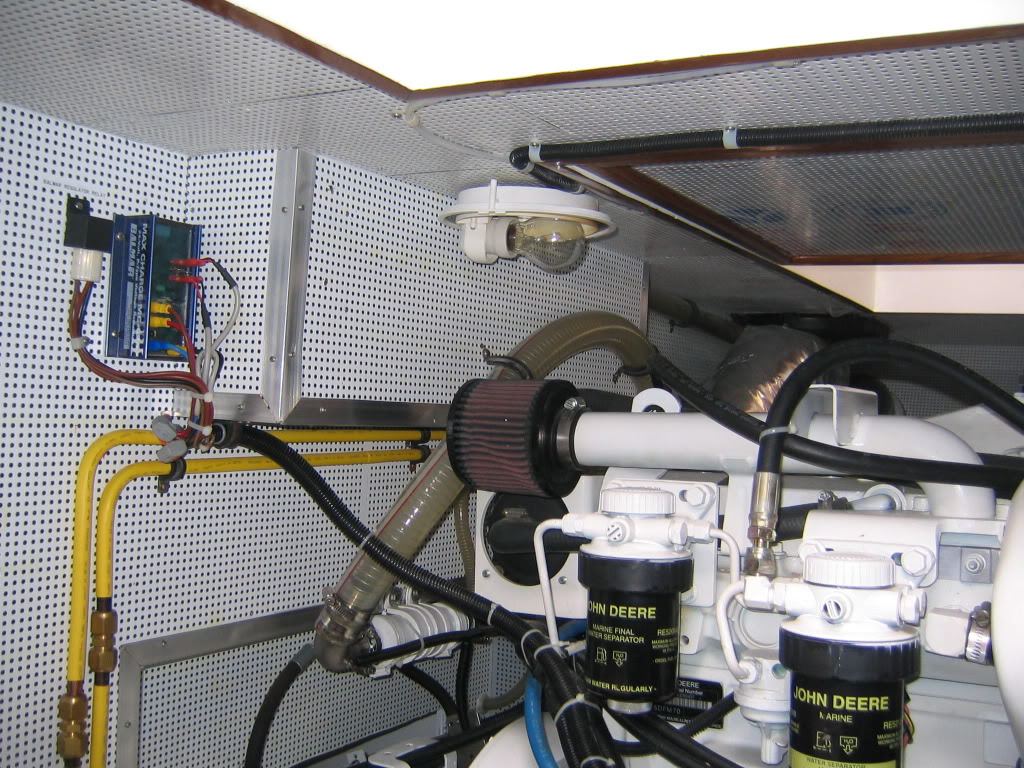Both 240hp yanmar diesel engines on my friends 2007 34ft mainship trawler shut down simontaneously at Cape Sable on our trip to the keys last week.
We changed both fuel filters on each engine and was able to get them started. The filters were really bad, (the fuel look good).
We assumed that it was the filters that caused the shutdown. but it bothers me that both engines shut down exactly the same time.
both engines have independent fuel lines, independent computers and control circuits.
Has anyone out there ever heard of simultaneous shutdowns due to fuel problems, it seems hightly unlikely and I fear another intermittant problem is there.
We changed both fuel filters on each engine and was able to get them started. The filters were really bad, (the fuel look good).
We assumed that it was the filters that caused the shutdown. but it bothers me that both engines shut down exactly the same time.
both engines have independent fuel lines, independent computers and control circuits.
Has anyone out there ever heard of simultaneous shutdowns due to fuel problems, it seems hightly unlikely and I fear another intermittant problem is there.

